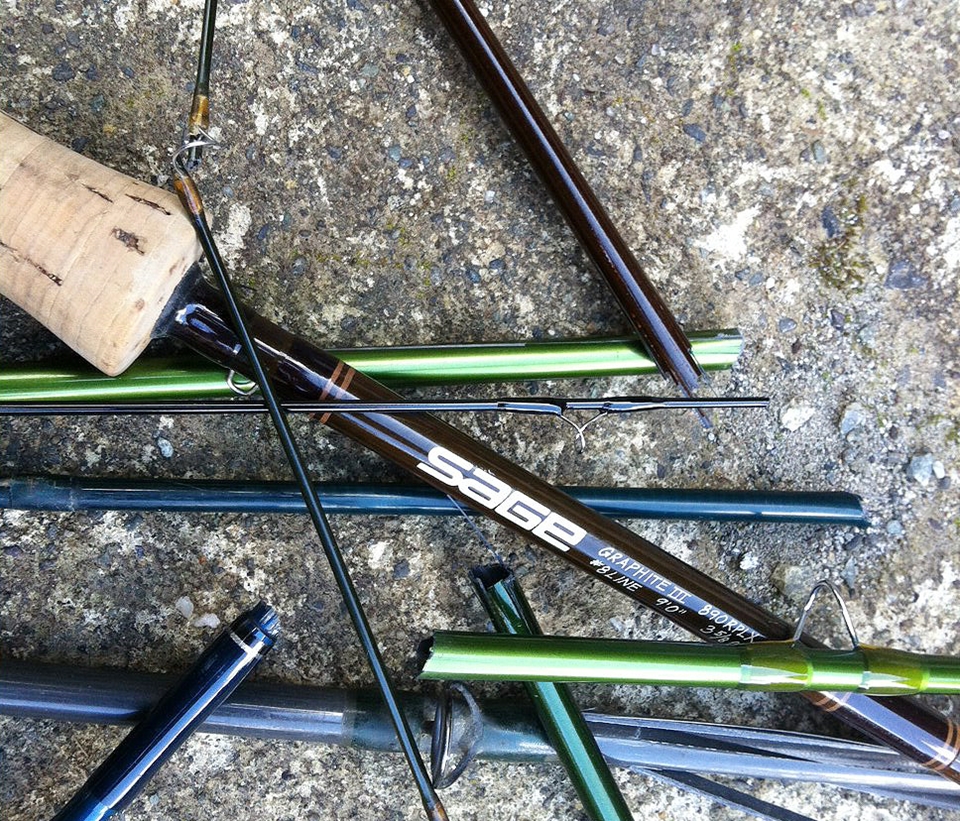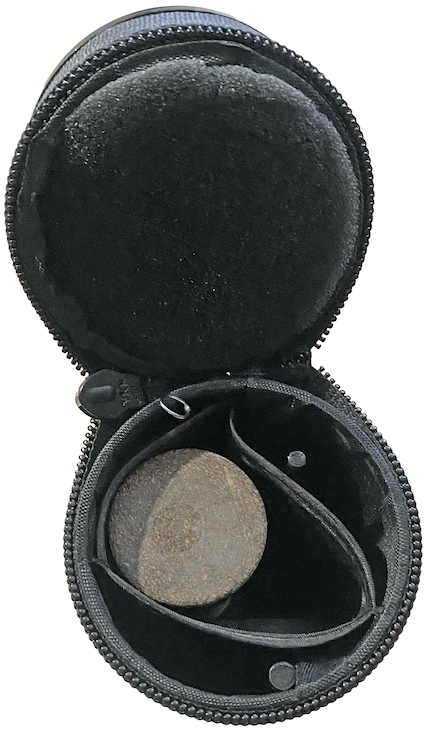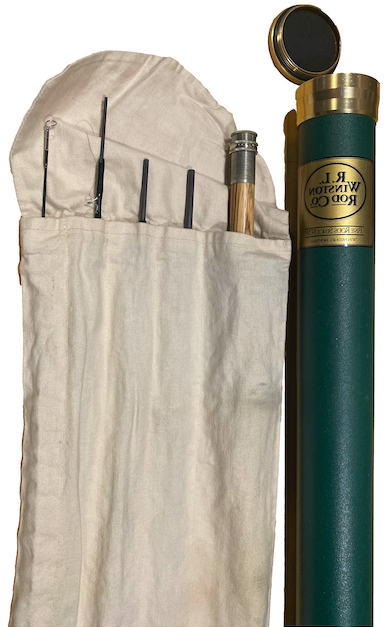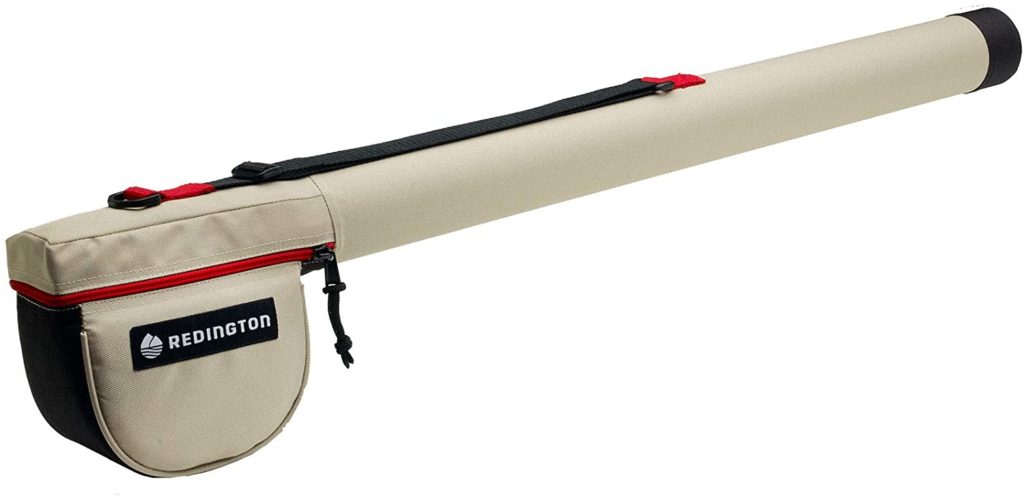
I have seen fly rods break more times and in more ways than I care to remember. However, in all of my years fishing and guiding, I am yet to see a fly rod break in its case! I’m sure someone out there has a story about it, but it is pretty safe to say that it’s rare. Most fly rods come with a case when you buy them. So, I’ve always wondered why so many anglers choose not to use them. As a matter of fact, I’m pretty sure I physically cringe when a client pulls an uncased rod out of the trunk and throws it in the back of my truck.
It’s one thing if you have a rack on or in your vehicle that is designed to carry a rod while it is strung up. But I’m talking about the strung up rod that is broken down in 2-4 pieces with the leader tangled around it. The person who does this usually justifies it with something like, “I just hate having to tie the fly back on every time.”
Forgive me for the harsh judgement but this is terrible reasoning! Aside from the fact that you’re committing your fishing life to always fishing just one beat up fly tied to what is usually a leader that is way too short and thick; you’re setting yourself up for an epic tangle to start the day and you’re just begging for a broken rod tip.
Know Your Knots
If this is you… learn to tie your knots! You really only need to know two. A perfection loop gives you a “knotless” connection between your fly line and leader. So you just need a knot for splicing tippet and a knot for tying the fly on. A double surgeons knot will take care of the former and a clinch knot will handle the latter. Both are simple to tie with a little practice. Now you can break down your rod and put it back in its tube at the end of the day. Take care of your tools and your tools will take care of you! If you don’t have a case for your rod or maybe you’re just looking for something new, here’s a breakdown of what’s available.

Aluminum and PVC Cases

As mentioned above, most fly rods will come with a case when you buy them. More often than not, this will either be an aluminum tube with a separate cloth sleeve for the rod, or it will be a PVC tube with fabric inside. If the latter, the fabric will have pre-sewn slots for each section of the rod. The cloth sleeves designed to slide into aluminum tubes will also have pre-sewn, individual slots for each rod section. In either design, you’ll want to put the rod in with the small ends of each section except the butt pointing up. The cork handle end of the butt section should point up. This allows the thick handle of the butt section to protect the smaller tip sections. And it offsets the size of the sections, allowing everything to fit in the tube better.
Combo Cases

Though they rarely come standard with rods, you can also buy cases that allow you to store the rod with the reel still attached. This is simply for convenience and allows you to keep things assembled. You will still want to remove the fly and reel in the line before storage. I’ve seen folks try to store rods in these tubes with the rod still strung and fly attached, and it usually doesn’t end well. These tubes are available in single and double models.
Rooftop Cases

If you do prefer to keep your rod outfits fully assembled and rigged up, whether for convenience or because you hate to tie knots, there are a number of long cases available that attach to the roof of your vehicle. All of them that I’ve seen lock and can be purchased to accommodate a single rod and reel or multiples. There are several brands on the market now. I have the River Quiver “four banger” model from RiverSmith and have been very happy with it.
Whatever case you choose, please just choose a case. From giant fish to stream wipeouts to fighting off bears, there are so many better ways to break your rod than caseless in the trunk of your car!

